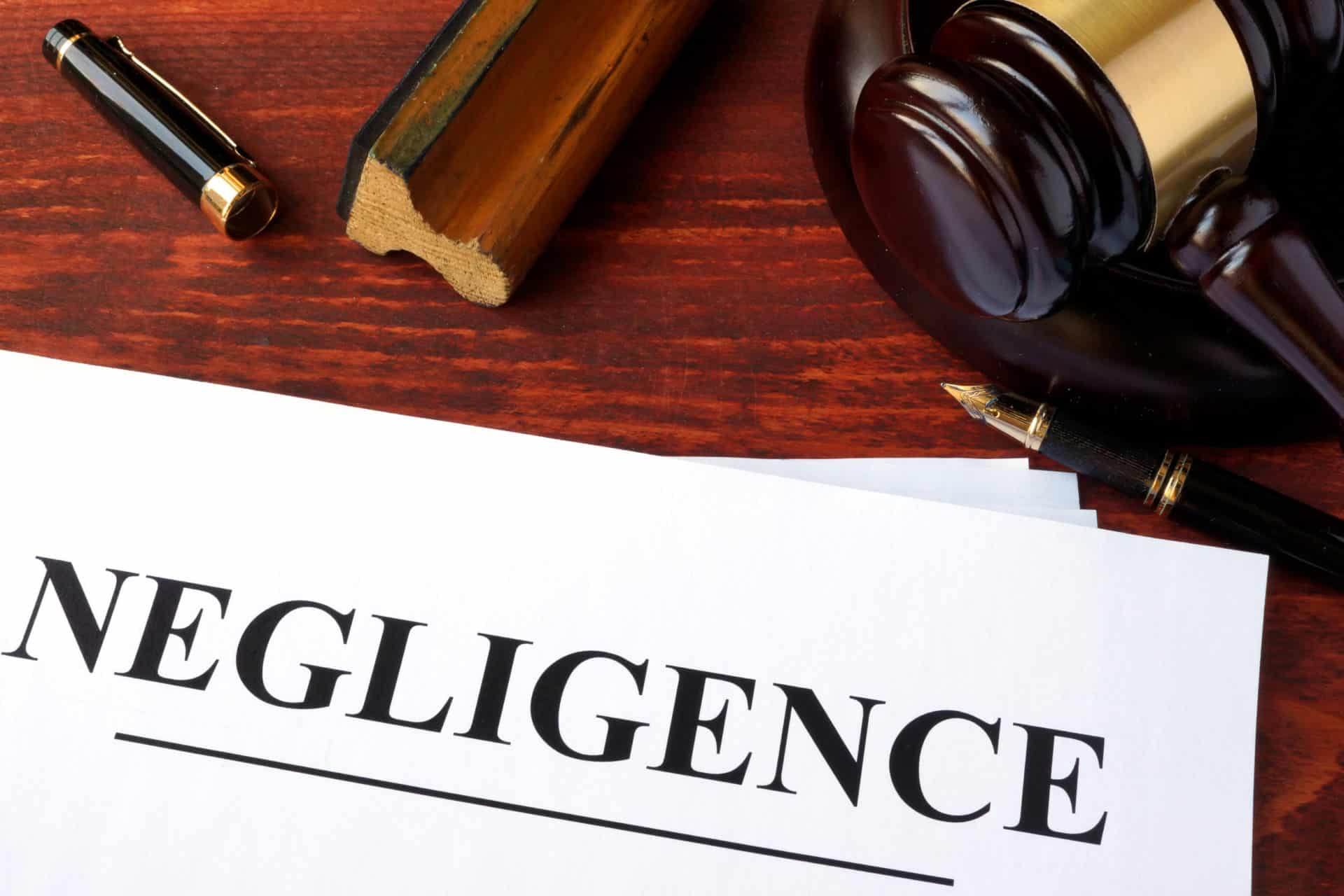Free Consultation
Free Consultation

In New York personal injury cases, negligence or negligence per se form the foundations upon which a case is built. These legal theories both hold someone responsible financially for damages caused by their conduct, but there are differences between the two theories that are important to comprehend.
If you’re pursuing a personal injury lawsuit in New York, then understanding the subtle difference between negligence and negligence per se is vital. Read on to find out more about these legal theories and how they can impact your case.
Negligence is defined when someone does not act in a way that is in accordance with the way a rational person would – they simply aren’t applying the same level of care that someone reasonably would in a particular situation. This idea of what is reasonable changes depending on the circumstances involved in the case. The outcome of a case is influenced by what a jury considers to be actions a reasonable person would have taken. If actions fall short of that standard, then a person can be found negligent.
There are four elements of negligence in the legal community. They are:
Breach of duty covers what is reasonable in the situation. If it can be established that there was a duty of care in the situation, and a person didn’t act in a reasonable way to ensure that duty, then that can make a negligence case very strong.
Negligence per se is a little different than negligence. In a case involving negligence per se, the conduct of the person responsible for the incident is presumed to be negligent, because they were in some way breaking the law when it occurred.
This is a type of law that is meant to help protect the public. Many laws exist simply as a way to help reduce risk to people in the community and prevent injury. If one of those laws is broken by someone and a person gets injured as a result, then negligence per se comes into play.
Examples of personal injury cases that can be based on negligence per se include:
When it comes to personal injury cases, the burden of proof lies with the person filing the suit to prove duty and breach of duty in most cases. However, in cases involving negligence per se, this burden doesn’t need to occur. It can be inferred that, if the person responsible hadn’t broken the law, then their behavior can be assumed to be unreasonable.
However, it’s important to note that cases involving negligence per se still require the person bringing the suit to prove causation and damages. In other words, they must show that the negligent conduct was the cause of their injuries, and they suffered damages due to it. They must be able to link the behavior displayed to their injury, then prove damages – or the case will not be successful.
There are many small nuances to grasp in the law, especially in personal injury cases. That’s why it’s a good idea to involve an experienced attorney in your case as quickly as possible.